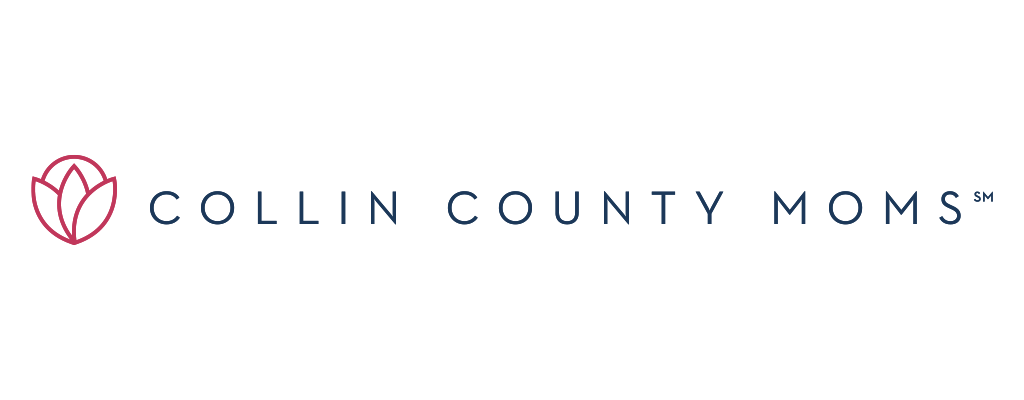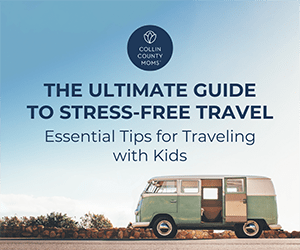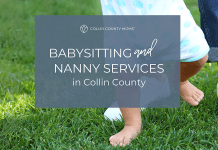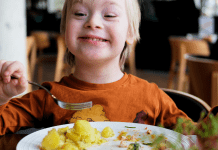As we inch closer to beginning our adventure into elementary school, I got to thinking about the world we are raising our kids in and the pressures and expectations put on them. Realistically, many kids are well beyond where they need to be by the time they start Kindergarten. The pressure and expectations we put on our kids rarely sticks with them for life. 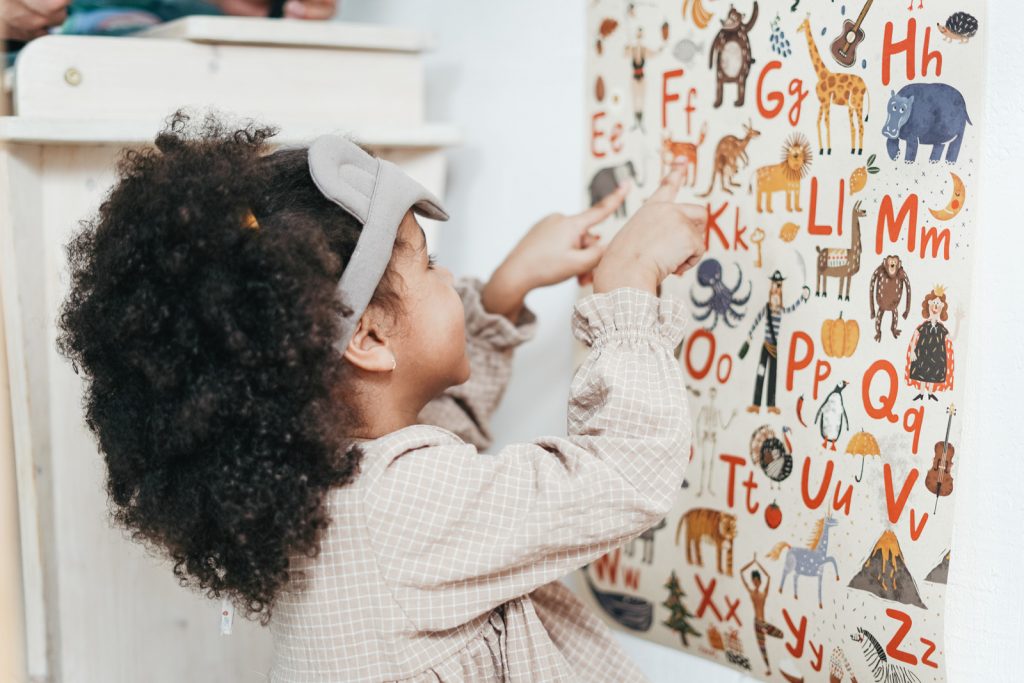
Working with other educator and teacher friends, we came up with a list of realistic goals for entering Kindergarten. Your kinder kiddo does not need to be reading chapter books or many other things we think they need to be doing, so don’t fret!
Realistic Kindergarten Readiness Checklist
- A kinder child should have a solid understanding of letter-sound connections.
- This looks like: name the letter and make its sound as well; make the sound of the letter and then name the letter. Example: If you ask your chid the sound M makes, they should say “mmmmm” and if you said what letter says “mmmm,” they should say the letter M.
- A kinder child should be able to tell if two words rhyme or not when an adult supplies the words. They should also be able to produce a rhyming word for a word given to them.
- A kinder child should know the blend onset and rime to make a word (“c” + “at” = “cat”). “Onset” refers to the sound the first letter of the word makes: “c”; the “rime” is the string of consonants that follow: “at”.
- A kinder child should be able to isolate beginning sound in words and tell you which letter makes that sound. Example: If you were to say to them “cup”, they should be able to tell you that “cup” starts with C and C sounds like “cuh.”
- A kinder child should have a firm grasp of more than and less than. Example: You can practice this skill at just about every meal or snack time. You can make two piles of goldfish and have your child count them. Then look at them and decide which pile has more and which has less. Talk about the numbers in each pile and which number is larger or smaller.
- A kinder child should have some exposure to sorting, graphs, and patterns. Simple patterns should be mastered, such as an AB or ABC pattern.
- A kinder child should be able to count to 20 at minimum.
- A kinder child should be able use comparisons and describe them.
- Examples:”more and less,” “greater than and less then,” “above and below.”
- A kinder child should be able to write letters A-Z and numbers to 1-10. You will find that different schools have different requirements for writing in upper or lower case or a combo of the two. Being able to write all the letters in uppercase is typically all they will be required to do.
- A kinder child should know their address and parents’ phone numbers.
- A kinder child should know the city and state they live in.
- A kinder child should be able to recall some details of a story that is read to them…naming some characters or the general idea of the story.
- A kinder child should be able to grasp a pencil and form letters and numbers .
- A kinder child should be able to safely use scissors to cut out a simple shape or follow lines.
Hang in there, mama, your baby will be just fine because they know your love!
